With the first season of football in Dallas in the rearview mirror, the Dallas Cowboys had a normal approach to the 1961 season.
Unlike the previous year, they actually participated in the NFL Draft.
Despite having the worst record in 1960, Dallas would draft second in every round behind the expansion Minnesota Vikings.
They’d traded their first-round pick of 1961 to the Redskins to get Eddie LeBaron. But thanks to another trade, this with Cleveland, they also had the 13th pick in the first round.
They selected Bob Lilly, a defensive tackle out of TCU.
They also swung a trade with the Bears for linebacker Chuck Howley.

Howley had injured his knee in 1959 and had retired from football.
But he decided to make a comeback and the Cowboys took a flyer on him.
The additions of Lilly and Howley did not translate into instant success. But they would lay the foundations of what was to come later in the decade.
The First Win
As they had the year before, the Cowboys hosted the Steelers in the season opener at the Cotton Bowl.
And like the 1960 game, Dallas drew first blood.
Don Meredith, who would start four of the team’s 14 games in 1961, connected with Frank Clarke for a 44-yard touchdown and a 7-0 lead.

As had been the case in 1960, the Steelers came back with a John Henry Johnson run from a yard out.
Bobby Layne put the Steelers ahead with his own 44-yard pass to Buddy Dial.
The Steelers would take a 14-10 lead into the halftime break.
Eddie LeBaron would lead the comeback, giving Dallas a 17-14 lead on a 45-yard pass to Billy Howton.
The Steelers would tie the game to start the fourth quarter before Meredith threw a pick-six to Johnny Sample to give Pittsburgh a 24-17 lead.
But LeBaron would answer with a 17-yard scoring pass to Dick Bielski to tie the game.
Allen Green’s 27-yard field goal would give Dallas a 27-24 victory.
The Cowboys finally had their first NFL victory. And they were hungry for more.
A Hot Start
The Cowboys would sandwich two wins over the expansion Vikings — 21-7 at the Cotton Bowl and 28-0 at Metropolitan Stadium two weeks later — around a 25-7 loss at the Cleveland Browns.
They would follow that up with two blowout losses at home — 31-10 versus the Giants and 43-7 to the Eagles — before edging the Giants in New York, 17-16, on a 32-yard field goal by Greene.
At the halfway point of the season, the Cowboys were 4-3.
No one was talking NFL Championship but a playoff spot was not out of the question. Then it all came apart.
All Downhill From Here
The very next week, Dallas held a 21-17 fourth-quarter lead over the Cardinals at the Cotton Bowl.
But the defense couldn’t hold it and St. Louis scored 14 unanswered points for the win.
The Steelers walloped the Cowboys 37-7 in Pittsburgh the following week.
Dallas escaped Washington with a 28-28 tie to bring their record to 4-5-1 with four games left in the season.
They lost all four games by double-digits.
Despite starting the season 3-1, the Cowboys limped into the offseason with a 4-9-1 record to show for their 1961 efforts.
A Final Recap
Despite the losing streak at the end, the Cowboys could point to some positives.
They’d finally won an NFL game and had their first home and road wins under their belts.
Meredith had shown some promise in his second season, going 2-1-1 as a starter despite a 9-to-11 touchdown-to-interception ratio.
LeBaron was still taking a beating as the young Cowboys line was still coming together.
Don Perkins had emerged as a star running back, finishing with 815 yards and four touchdowns on 200 carries.
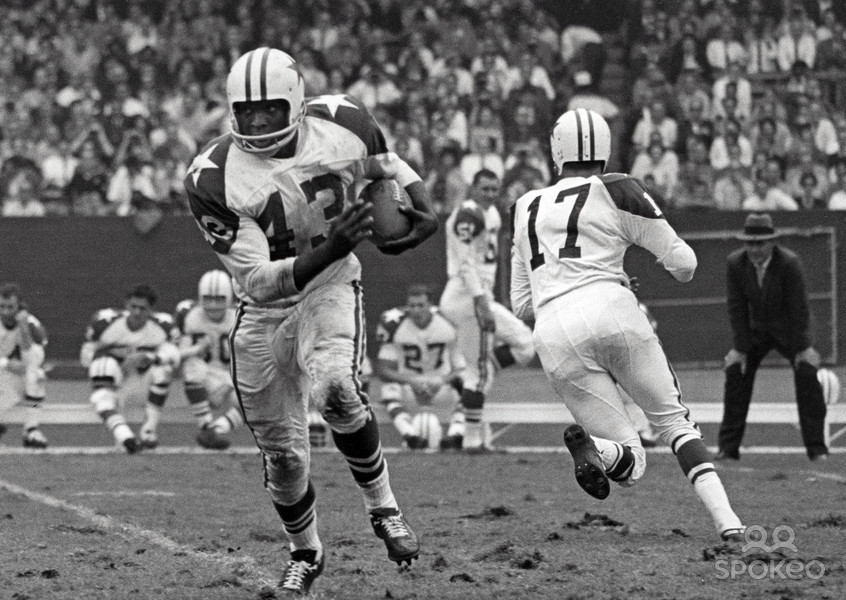
Clarke had become the primary receiver for the team with 919 yards and nine touchdowns on 41 receptions.
At tight end, Bielski added 377 yards and three touchdowns on 26 catches.
Bielski even took over the kicking duties from Greene during the season. Despite hitting two game-winning field goals, Greene’s efforts were abominable.
Greene was relegated to punting only after hitting only five of his 15 attempts with a long of 32 yards.
He would go 0-for-5 from beyond 40 yards.
Bielski would hit six of his nine field goal attempts with a long of 42 and all 10 of his extra point attempts.
He connected on just one of his four attempts from beyond 40 yards.
On defense, Don Bishop led the team with eight interceptions.
While tackles and sacks weren’t officially kept back then, Lilly recovered one fumble and is estimated to have recorded 5.5 sacks.
Howley, in his comeback from his knee injury, played in 13 games.
He had one interception and is unofficially credited with three sacks for the season.
Tomorrow: 1962




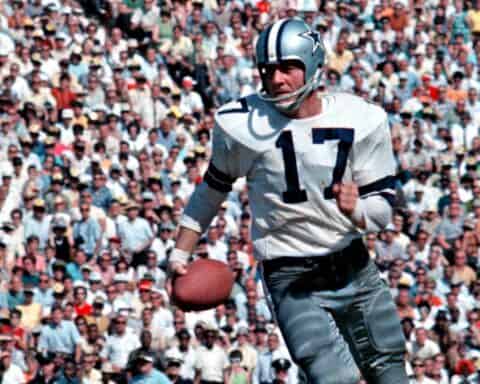
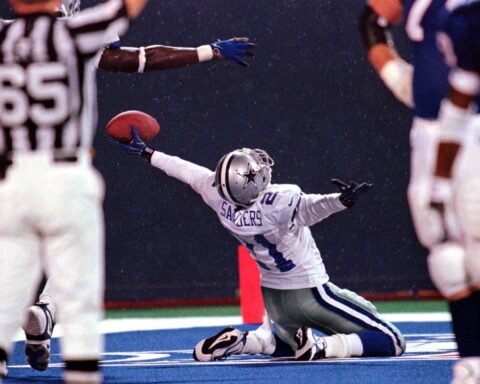
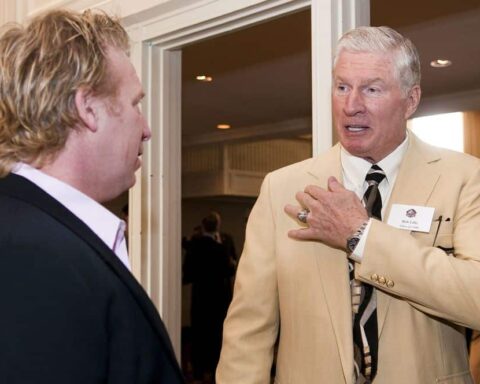
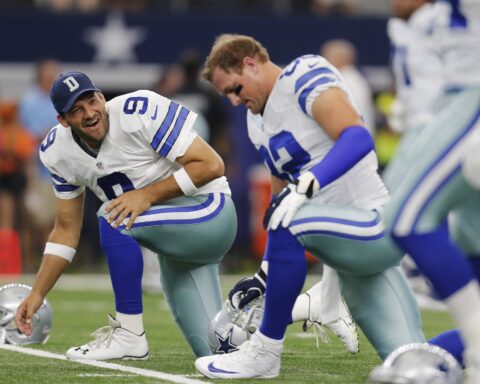
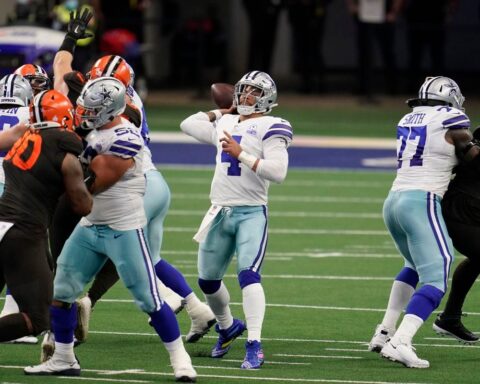

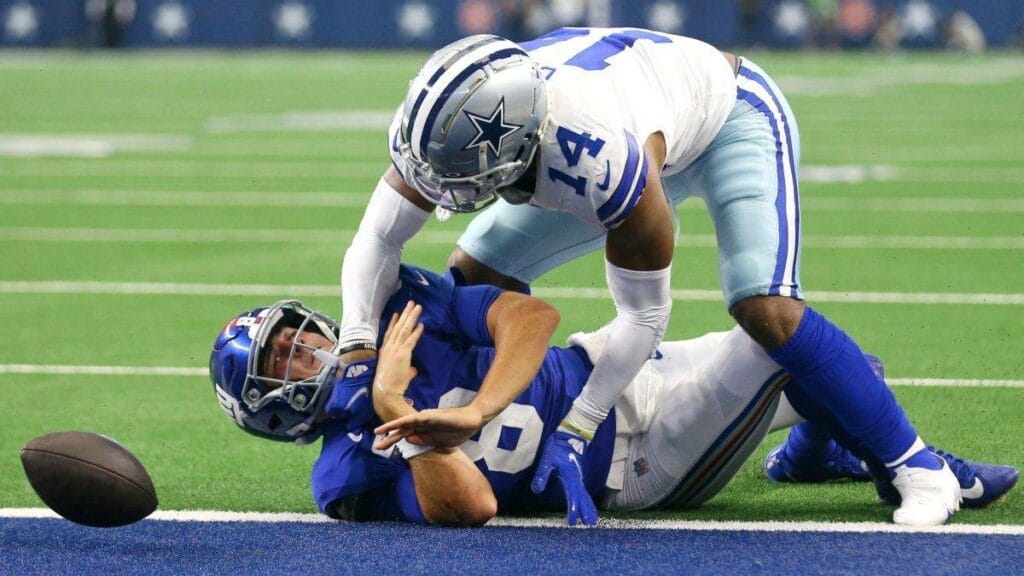
You may not get many comments or clicks on this series, but thanks just the same. A leisurely stroll down memory lane is a nice change every now and then.
Thank you. I’m glad you’re reading it and enjoying it as we countdown to what I hope will be the kickoff to the Cowboys’ sixth Super Bowl-winning campaign.